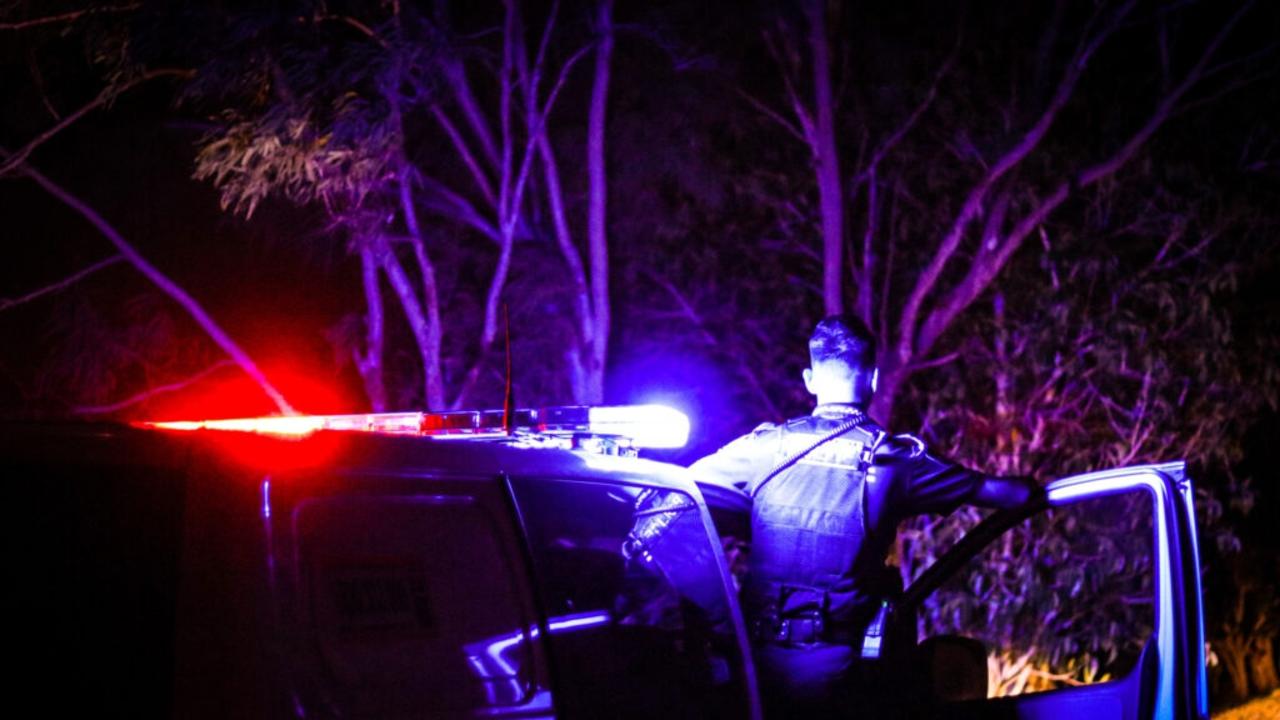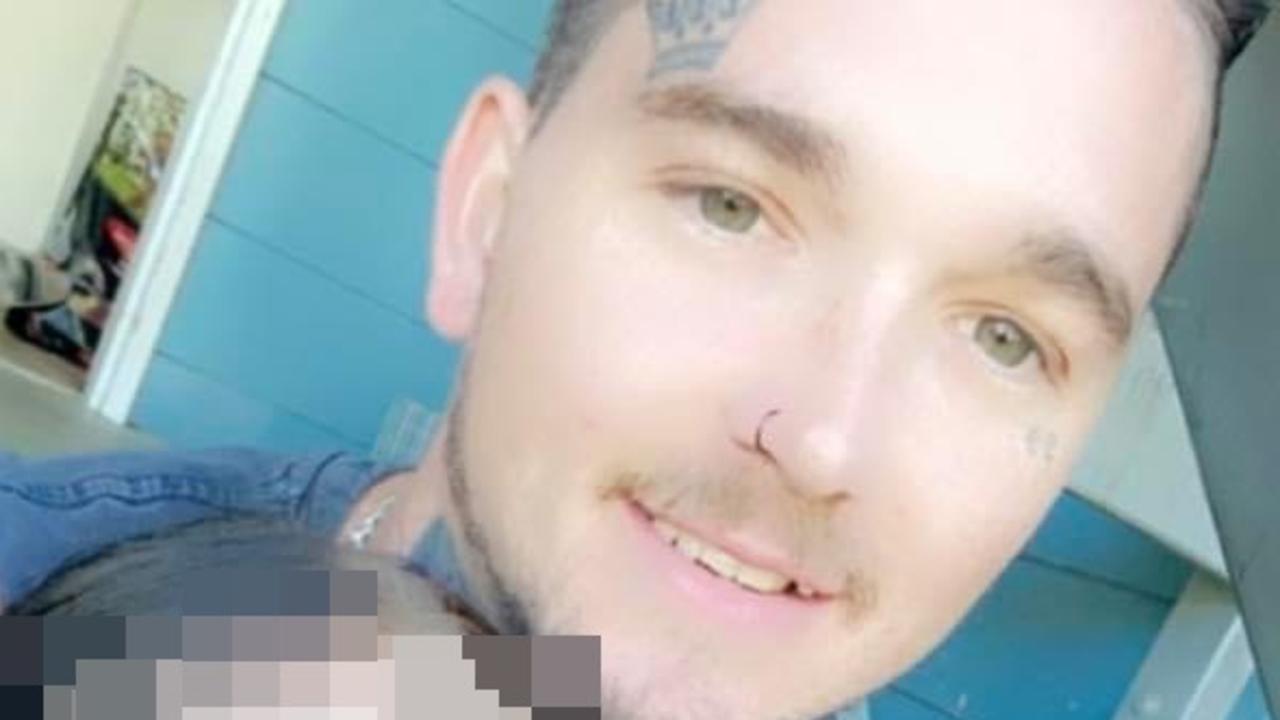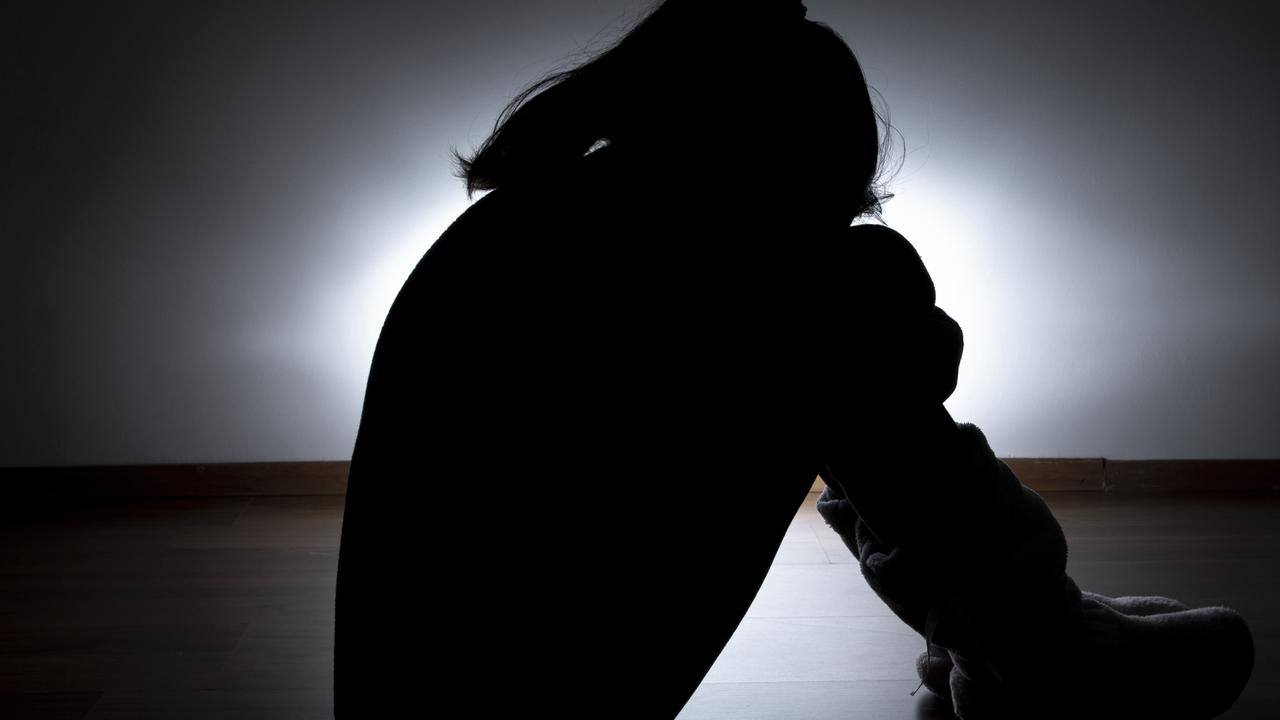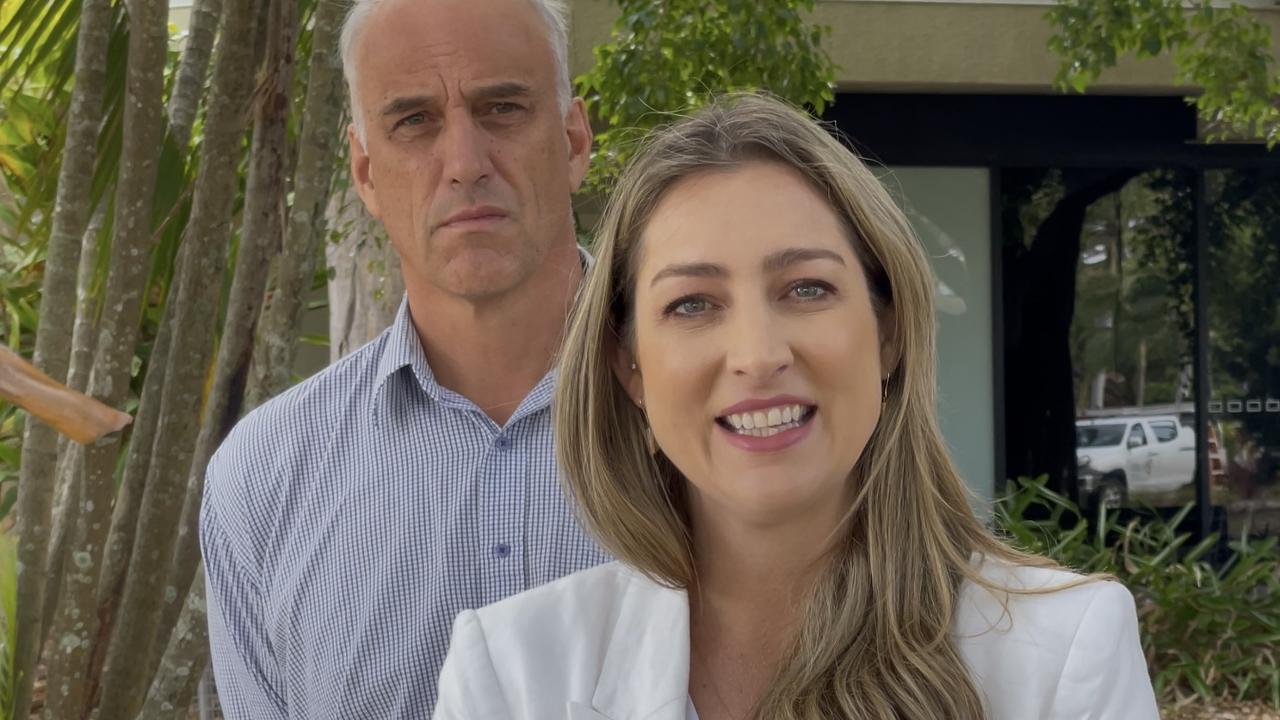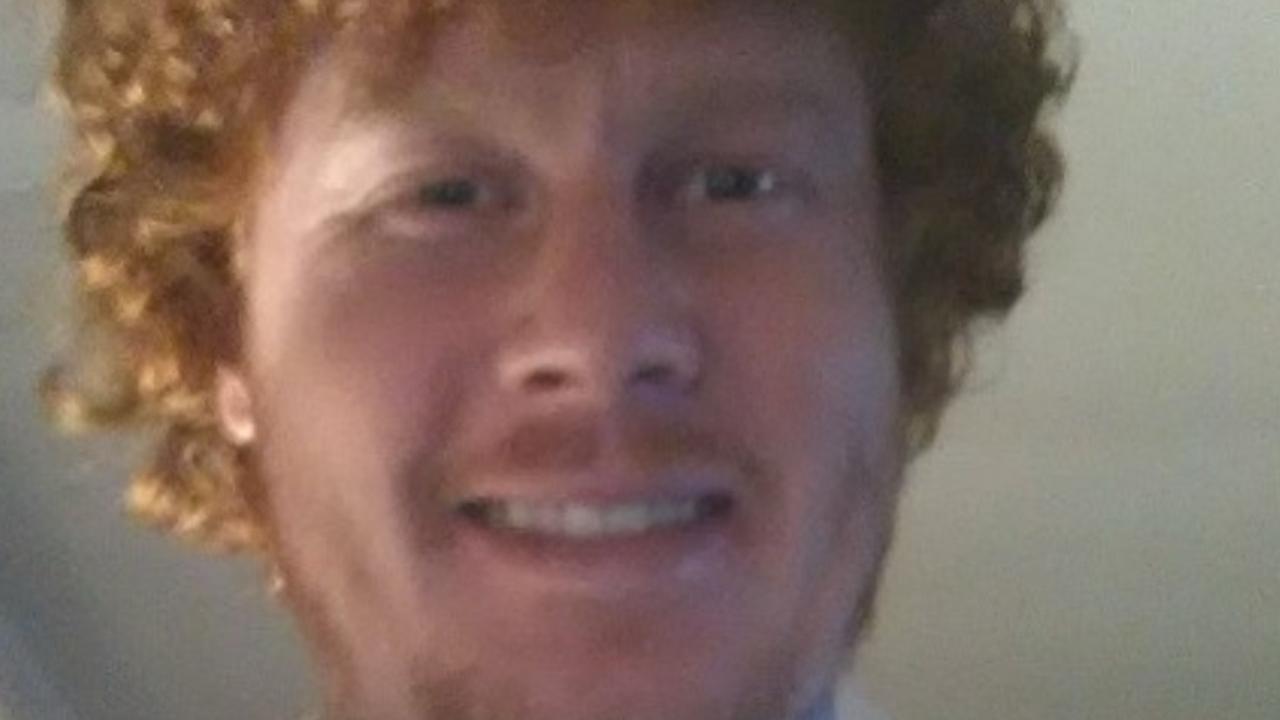SILENT KILLER: ‘It just looked like a sleeping baby’
On this particular night a mother’s decision to drive tired had fatal consequences for her six-month old baby.

Police & Courts
Don't miss out on the headlines from Police & Courts. Followed categories will be added to My News.
IT IS a chilling and tragic image - a dead infant is cradled in a baby capsule, almost peacefully, as if asleep, inside the mangled wreck of a car.
There isn't a mark on the tiny body.
The baby's mother is at fault, she knows it, and police can see the telltale signs on the road. But she doesn't say a word, yet.
In terms of her driving, she wasn't really doing anything wrong. She was just a bit tired and no doubt had made that trek dozens of times.
But on this particular night her decision to drive while fatigued had fatal consequences for her six-month-old baby.
"She just drifted off the road, hit a tree and there was a small baby in the back, six months old," Sergeant Michael Hollett recalled.

"I can still picture walking up to that car, seeing the baby still sitting in the baby capsule all strapped in."
The Mackay Forensic Crash Unit officer in charge had been working in crash investigations for about 18 months when he was called out to this gut-wrenching scene early one morning.
"The baby didn't have a mark on it, it was just surreal," he said.
"I was sitting there thinking, am I actually seeing this, and I was.
"It just looked like a sleeping baby."
The mother only revealed the truth - that she was tired and had fallen asleep at the wheel - after being directed during a coronial inquest. This also meant she was protected against any possible criminal prosecution.
"We knew that, but we just weren't able to prove it to a criminal standard," Sgt Hollett said.

Unlike the other Fatal Five, fatigue was very difficult to police, Sgt Hollett said, and was generally only revealed once it was too late.
"People who say they can push through fatigue, well they physically can't. When your body wants to sleep it will sleep," he said.
"If you're travelling any long distances, plan your trip. The last thing you want to do is fall asleep at 100km/h."
Sgt Hollett said when this happened, especially in a high-speed zone, it was a recipe for disaster.
"Fatigue related crashes have some very obvious signs … the car will just slowly drift off the road, it's very easy to determine," he said.
This time of year could be particularly dangerous, with longer days and more people on the road.
"The motivation to get where they're going is very strong," Sgt Hollett said. "People just (want to) push through."

FATAL CONSEQUENCES
ON AVERAGE 31 people are killed and 462 seriously injured in fatigue-related crashes on roads across Queensland.
"You could be driving along and … think, well I'm fine. I'm halfway between Mackay and Rockhampton and I just want to get there," Sergeant Michael Hollett said.
"And you'll just be sitting there relaxed and your body will close its eyes and you'll nod off.
"And if you're in the 110km/h zone, that's just a recipe for disaster.
"Being the Christmas period, we try to make people a lot more aware of it."
Being awake for about 17 hours has a similar effect on performance as having a blood-alcohol content of more than 0.05 per cent.
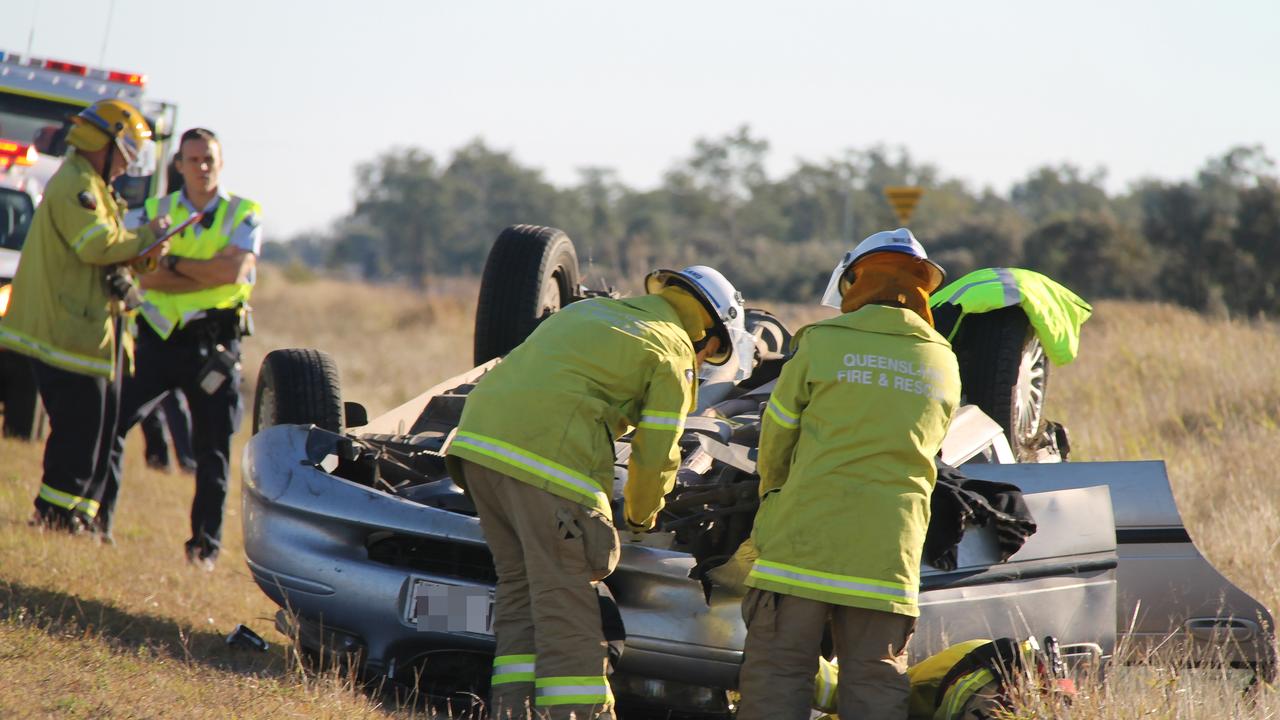
Statistics show that most fatigue-related crashes occur between 2am and 6am and between 2pm and 4pm and young drivers - aged 16 to 24 - are involved in about 30 per cent where people were killed or hospitalised.
Warning signs include yawning, sore or heavy eyes, dim or fuzzy vision, general cramps, stiffness and cramps, aches and pains, day dreaming, delayed reaction times, unintentional increases or decreases in speed, droning and humming in the ears, fumbling for gear changes and the vehicle, or bike, wandering across the road.
Fatigue does not just mean falling asleep at the wheel - even the briefest lapse in concentration can have a serious consequence.
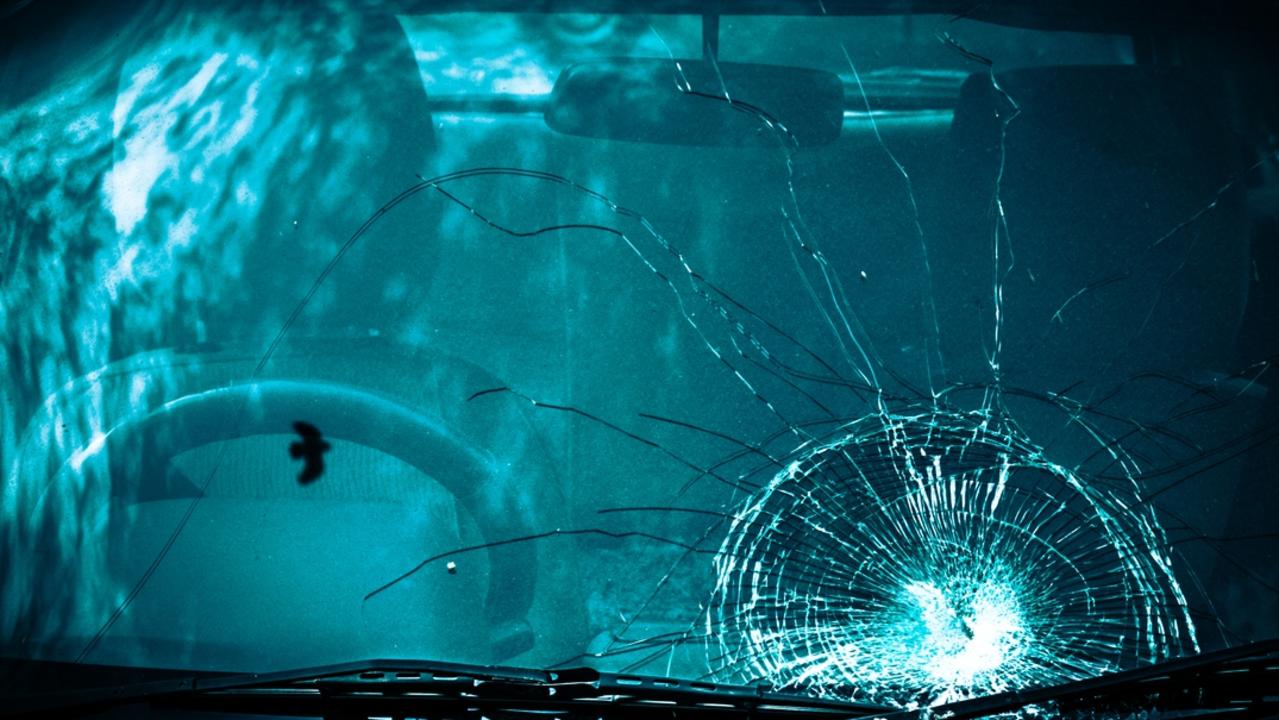
TIPS TO HELP AVOID DRIVING WHILE TIRED
FATIGUE can be a silent killer.
Some drivers won't even realise they have nodded off until they've crashed.
Sometimes they might be lucky - other times the consequences can be catastrophic and heartbreaking.
Don't become another road toll statistic.
Here are some tips to help you avoid driving while tired this Christmas period.
Before driving:
■ Make sure you get plenty of sleep
■ Always plan ahead - work out where the rest stops are and book in overnight stops
■ Avoid alcohol
■ Check your medications with your doctor and make sure they won't make you drowsy
■ Eat sensibly - not too little, not too much

When driving:
■ Make sure you take regular breaks - you should try to stop for at least 15 minutes every two hours
■ Share the driving where you can
■ Use rest areas, tourist spots and driver reviver stops
■ As soon as you feel tired, stop and rest
■ Avoid driving for more than 10 hours in a single day
■ Get plenty of fresh air
Rest areas are in place for drivers to stop and revive, in an effort to make any trips safer and more enjoyable, but they are not long-term camping sites.
However, motorists are able to take extended rest breaks at some sites, so make sure you know where you can stay a little longer if needed.
Rules about the length of stay at rest areas do vary between controlling authorities.
You can stay up to 20 hours, including overnight, at some rest areas.


